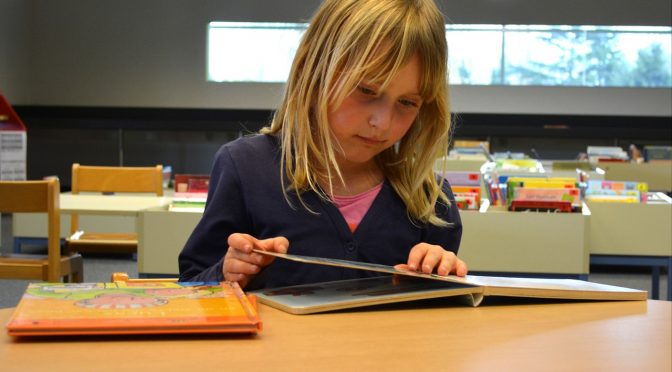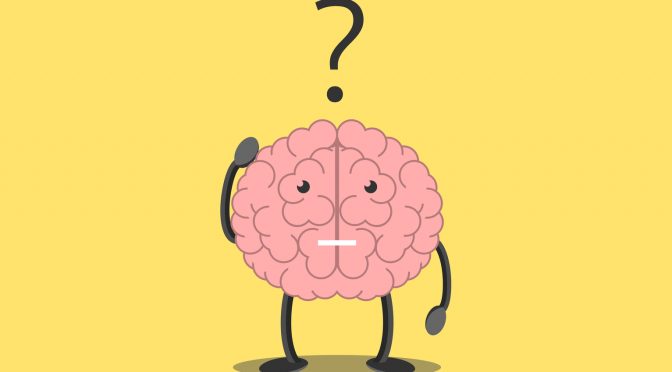Good reading skills encompass other aspects of life and also impact the ability to communicate effectively via spoken or written language. Reading skills refer to one’s ability to read written language, comprehend, interpret and decode the same. They also include decoding, vocabulary, inference, retention and fluency.
Following are some tips to improve reading skills:
- Set Goals: Start with setting reading goals i.e. learning new words, reading about a specific topic, time goals, page goals and more. Setting achievable goals for reading provides a reader with an aim to strive to accomplish. Goals provide a direction for one’s efforts while lending a sense of achievement on their completion.
- Create An Ideal Environment: Create a comfortable and distraction-free environment for reading. Ensure that the place is well-lit and well-ventilated. Also invest in a comfortable chair or couch that provides support to the back and facilitates longer reading spells.
- Allocate Time For Reading: To form a consistent habit of reading, it is essential to set aside a specific time of the day for reading. Choose a time of the day when your mind is fresh and active. On the contrary, you can also set aside time before retiring to bed at night.
- Read In Portions: Avoid long reading sessions by breaking up the sessions into digestible portions. When we read for shorter duration intervals, it is easier to assimilate and retain information. The process of reading in portions also minimizes eye fatigue.
- Preview & Scan: To get a gist of the content you are planning to read, preview and scan it prior to reading the entire portion. This can be done by previewing the title, headlines, captions and so on. The process provides a general idea about the topic to be read which facilitates a better reading experience in terms of speed and understanding.
- Increase Comprehension: You can improve the comprehension of what you read by making connections of what you read with real-life experiences. Write down these connections on the page you are reading for quick reference when going through the content later.
- Take Notes: The process of taking notes while reading provides a deeper understanding of the material being read. It helps in making connections and forming inferences from the reading. Note-taking also helps in organizing ideas from text, staying focused, thinking critically, drawing conclusions, etc.
- Summarize: You can improve your reading skills by summarizing what you have read. The process of summarizing helps in processing the information in your own words. It is also beneficial for comprehending and retaining information.
See-N-Read Reading Tools offers offline and online reading tools that help in developing reading skills. The tools help in improving memory, focus, comprehension and vocabulary. For more details on tips to improve reading skills, visit 2533 Sutton Lane, Aurora, IL – 60502, or call at (630) 236 – 5592.









